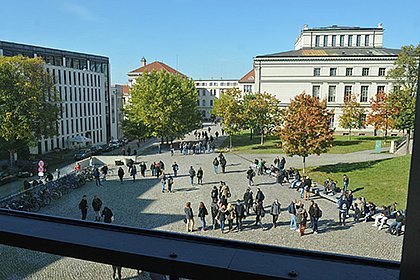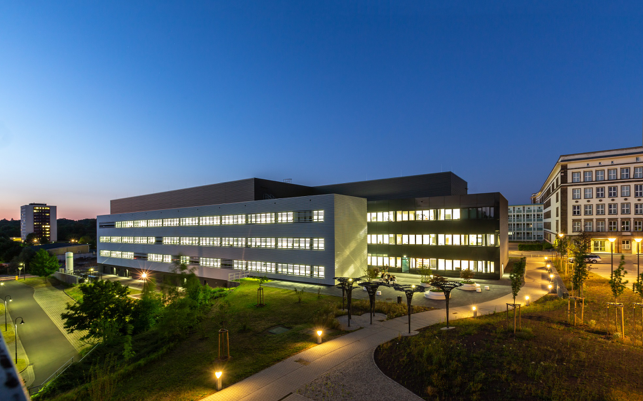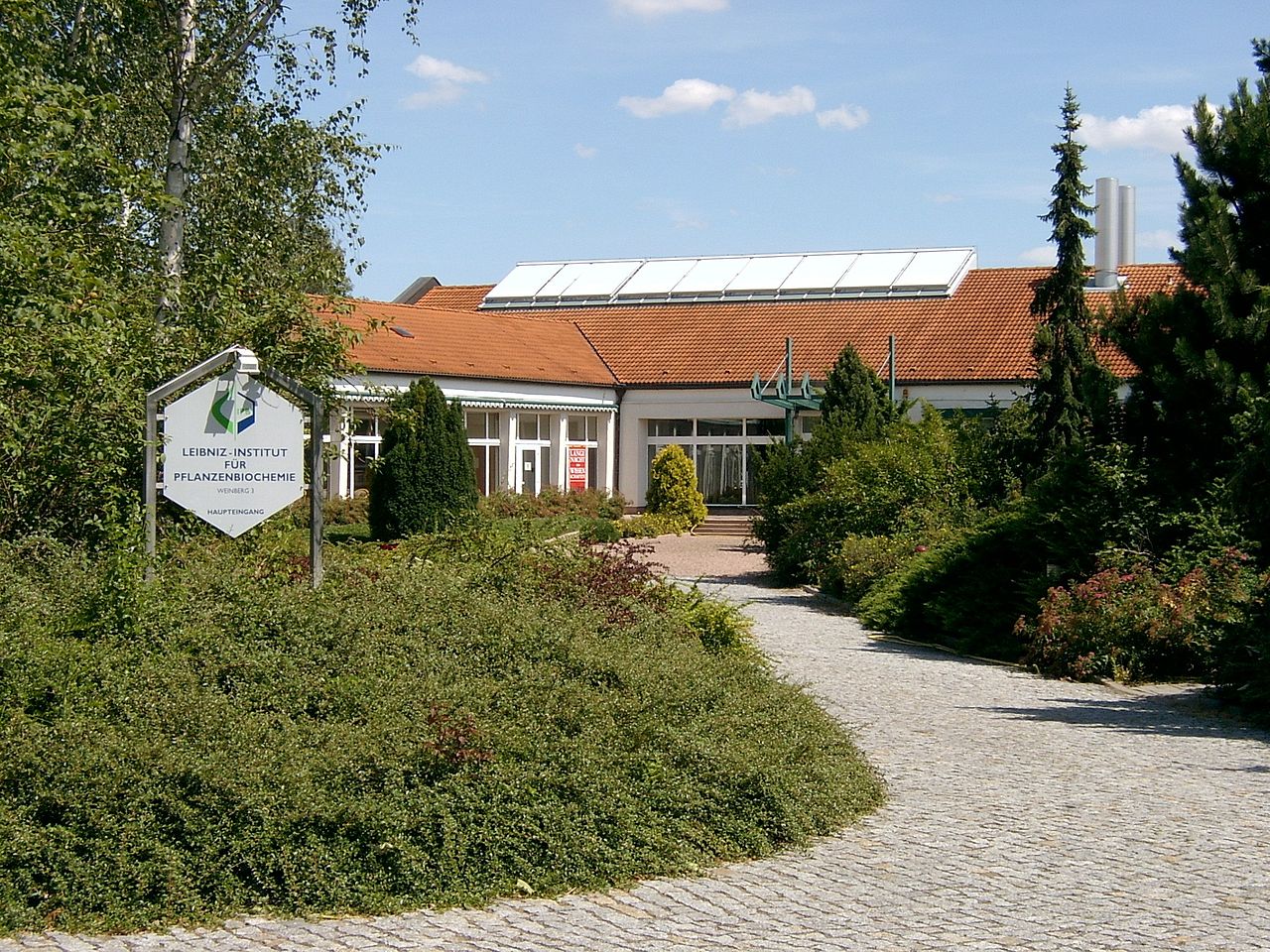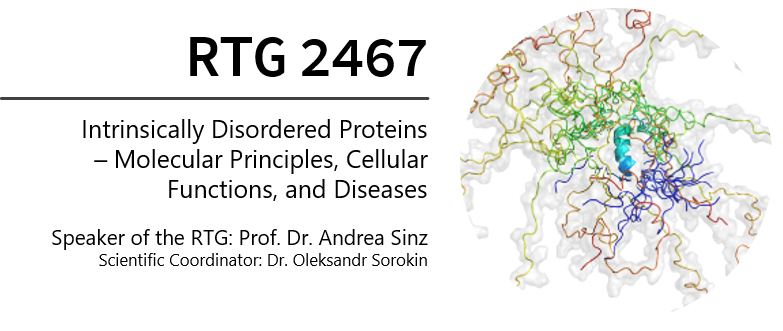
The Weinberg Campus is the second largest science campus in East Germany where the majority of the MLU’s Natural Sciences institutes and the University Hospital are located. In addition, the Weinberg Campus harbors the Max-Planck for Microstructure Physics, the Helmholtz Center for Environmental Research (UfZ), the Fraunhofer Institute for Microstructure of Materials and Systems (IMWS), the Leibniz Institute of Plant Biochemistry (IPB) and ~80 companies for biotechnology.
Halle (Saale) is with 240,000 citizens a mid-sized city and rich in history. Geographically, Halle is in the center of Germany, in Mitteldeutschland. Berlin, Erfurt, Leipzig, Magdeburg or Weimar can be reached by train or car within less than two hours. Halle and Leipzig share an airport located between both cities.

The Martin Luther University (MLU) was founded in 1502 in the city of Wittenberg under the name of Alma Mater Leucorea that was merged in 1817 with the University in Halle (founded 1694 as Friedrich’s University). Today, the MLU is the home to over 20,000 students of humanities, natural sciences and medicine.
The groups of the RTG are situated at the Faculties of Natural Sciences I and II and the Medical Faculty of the Martin Luther University Halle-Wittenberg, at the Leibniz Institute of Plant Biochemistry, and the Fraunhofer Institute. Six groups work at the newly built Charles Tanford Protein Center (https://proteinzentrum.uni-halle.de/) at the Weinberg Campus.

The Leibniz Institute for Plant Biochemistry stands for the historical strength of the region in the field of plant sciences. One group of the RTG is accommodated in the Leibniz Institute which is in close proximity to the Charles Tanford Center.
